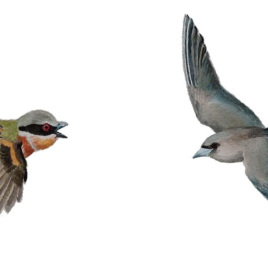Scientists have long questioned whether there is any correlation between brain size and cognitive ability in various animal species. One theory often explored in this field is the cognitive buffer hypothesis, which explains bigger brain size by the adaptive benefits to respond quickly to sudden, rapid changes in the environment. A new study tests out […]
Tag: ornithology
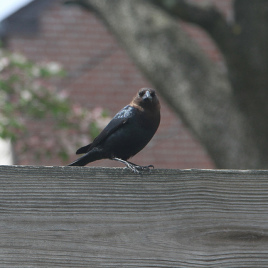
Oil and gas infrastructures increase the number of brood parasitism among grassland songbirds 
We’re only beginning to find out all the ways in which industrial activity disrupts the ecosystem, and a new bird study gives yet another example of the unexpected ways in which human activity affects the local fauna. Researchers found that the presence of oil and natural gas infrastructure—such as fences, power lines, and transmitters around […]
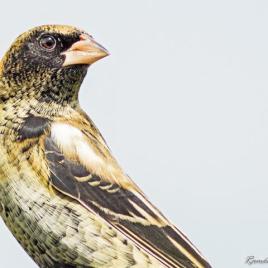
Special carbon compounds in Bobolink bird feathers contain information about their diet
You are what you eat; and in the case of a tiny migratory grassland bird, the Bobolink, their contain the secrets to what they eat. Information stored within the Bobolink’s plumage can also help with the efforts to protect the declining species. Researchers have found that carbon compounds from the elusive winter diet—what the Bobolink eats […]
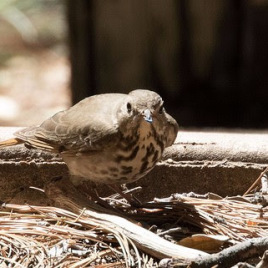
A Hermit Thrush’s song offers a note on its origin 
Sing me a song and I’ll tell you where you come from—at least, that seems to be the case with Hermit Thrushes, according to a recent study. Researchers analyzed spectograms of Hermit Thrush songs, which revealed significant differences in song structures of three major populations—Northern, Western Mountain and Western Lowland thrushes. And it sounds like […]
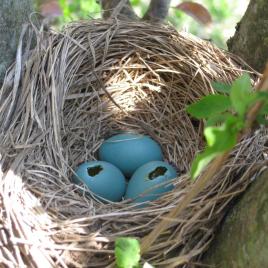
Bird feeders, nests, predators and the complex relationship in bird-human environments
Are bird feeders helpful or harmful for your neighborhood’s birds? Recent study shows that the answer to that question is more complex than a simple “yes” or “no”. The four-year study analyzed connections between songbird nests, bird feeders, and predators in Columbus, Ohio. Results varied: for example, in neighborhoods with large crow populations, bird feeders […]
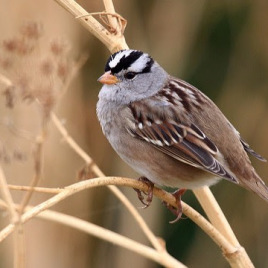
What it takes to fly: Sparrows’ muscles change to prepare for migration 
Evolution might give some birds a much-needed boost for long-distance migrations, a new study suggests. Every year in spring, white-crowned sparrows complete a long journey from their wintering spots to summer breeding grounds. Researchers analyzed a chain of proteins in the sparrows’ muscles during wintering and after the arrival to the late-spring breeding spot. Their […]
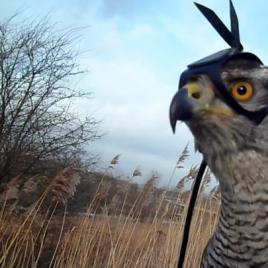
Hawks and humans could be using similar visual cues during search
While humans may not have the hawk’s amazing eyesight, a new study suggests that both hawks and humans use similar visual techniques for search. To better understand the scanning techniques of a hawk, researchers mounted a camera on the head of a Northern Goshawk. Combined with footage of hunting raptors, gathered from the ground, authors […]
